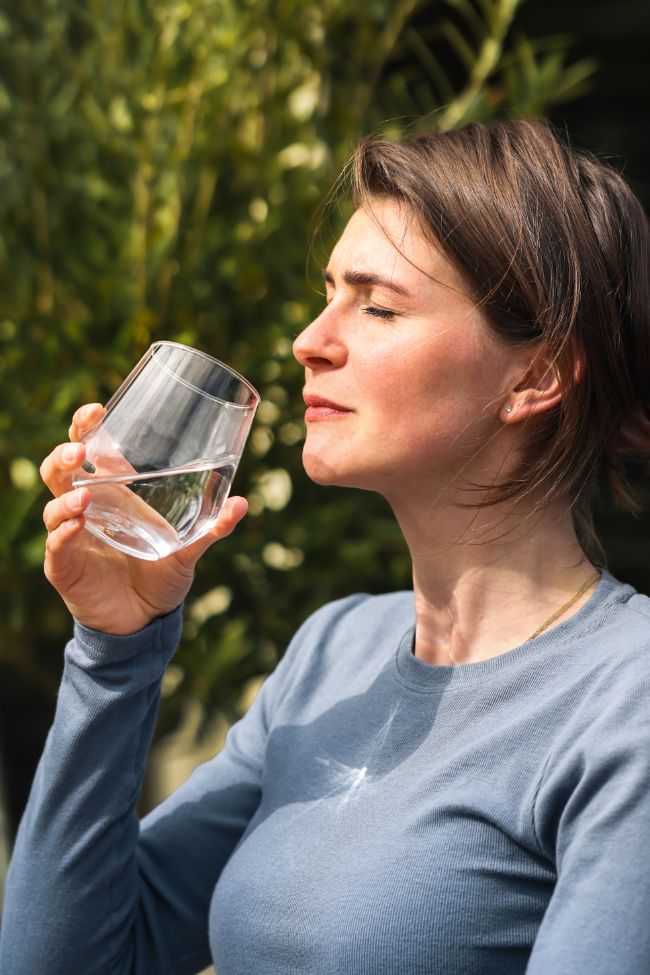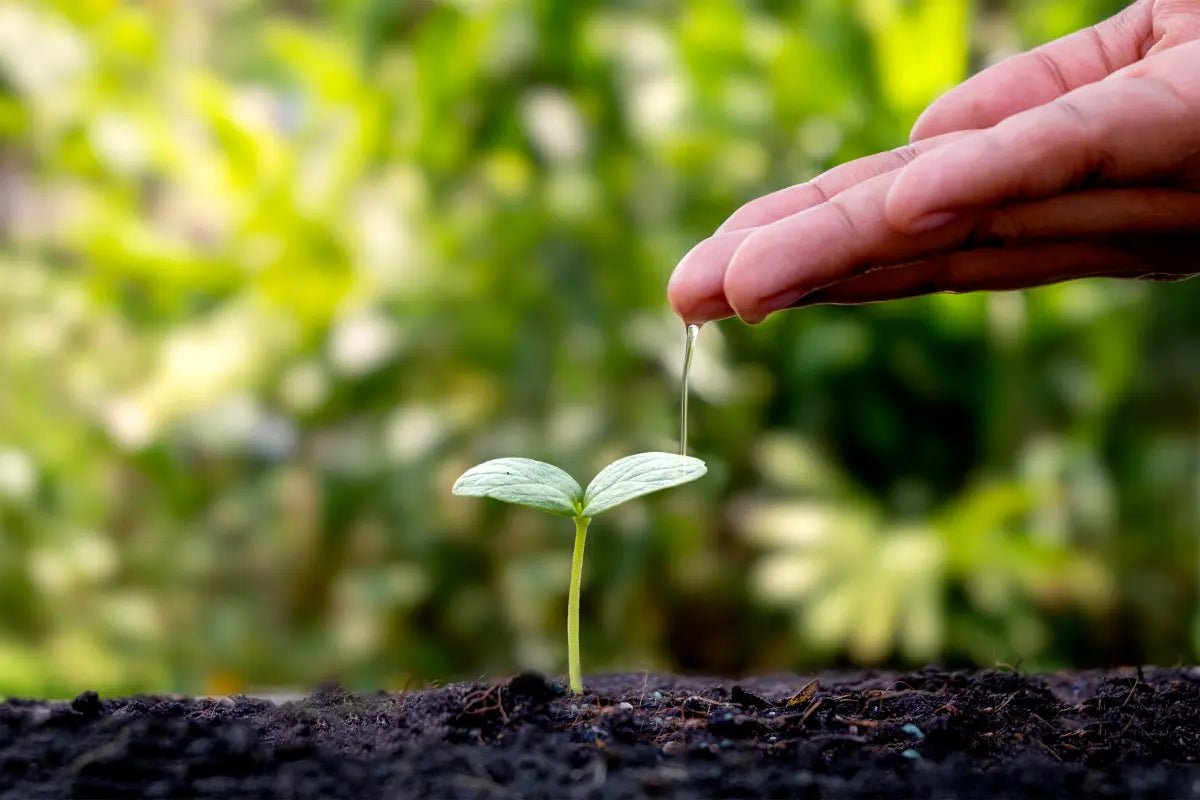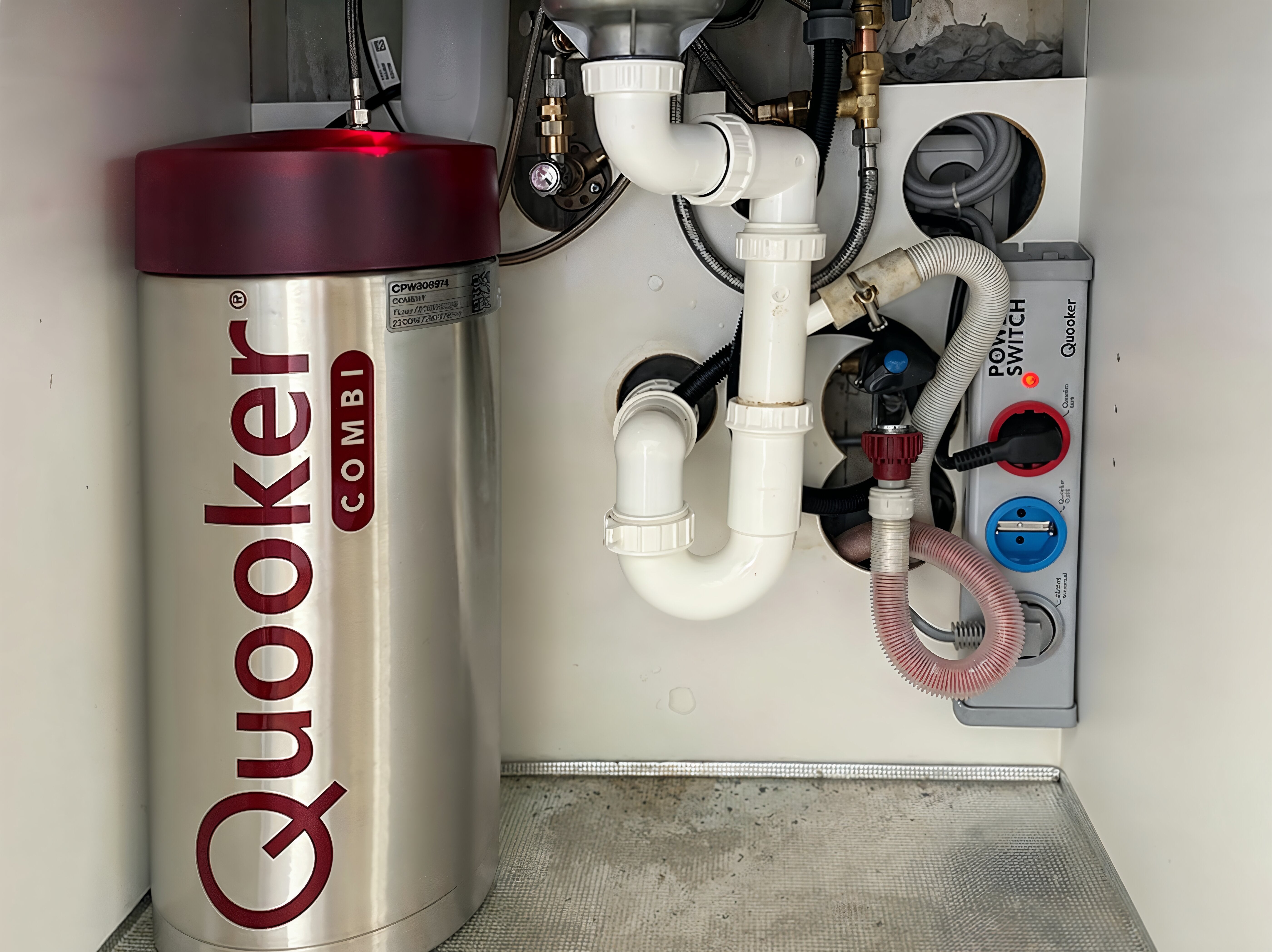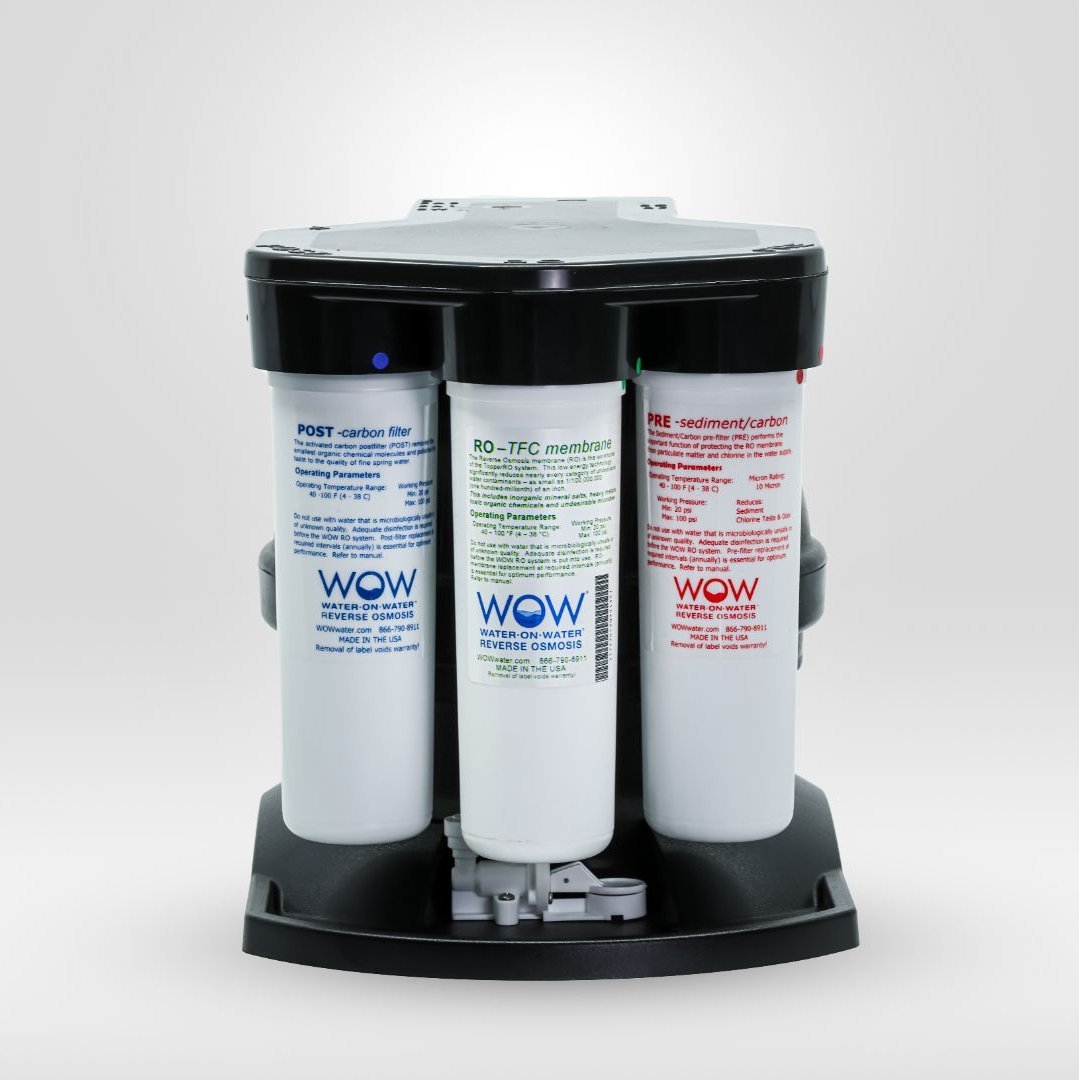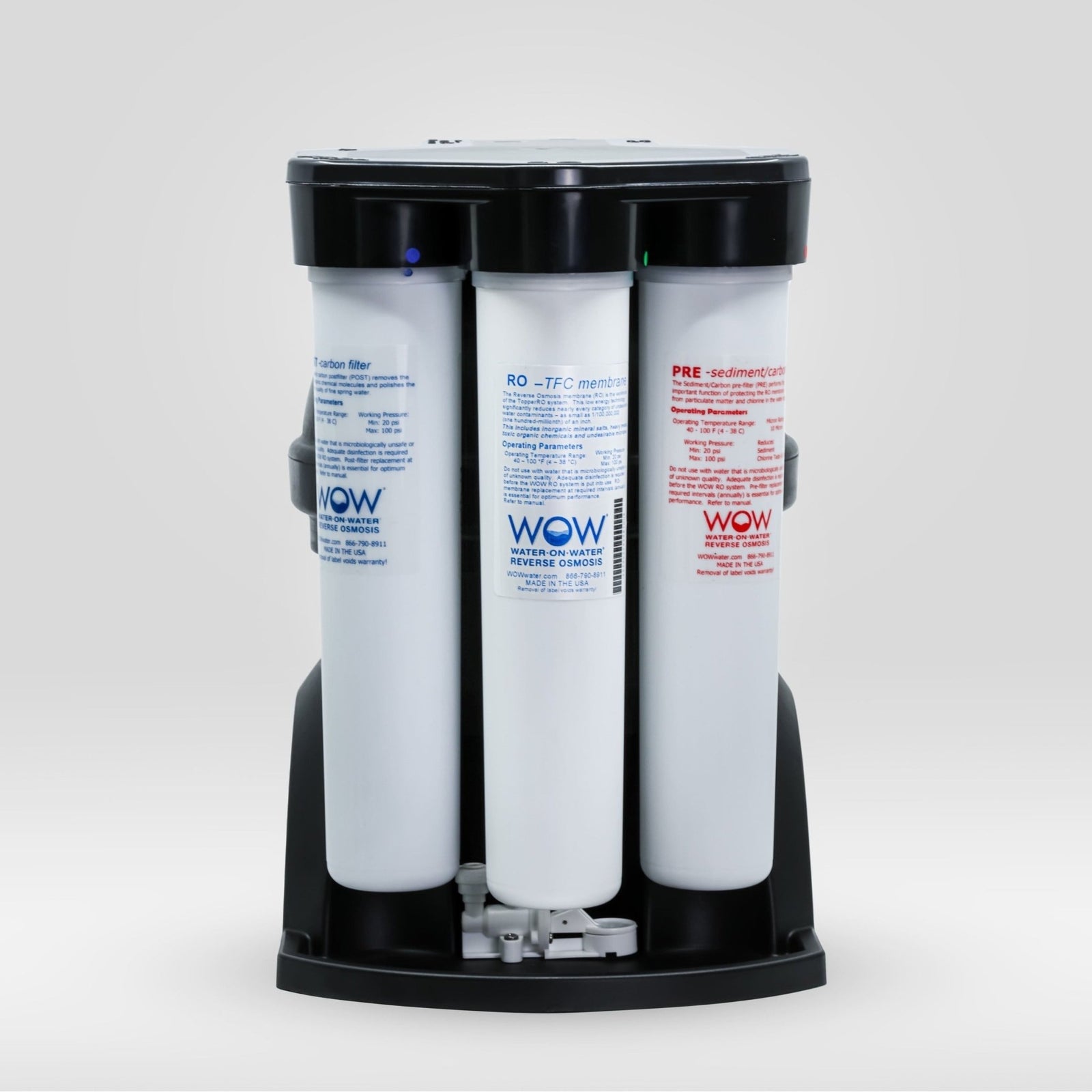Yes, there are several eco-friendly carbon filter options available that enable sustainable water purification. These eco-friendly alternatives are made from renewable resources like coconut shells, bamboo, and other plant-based materials, unlike traditional carbon filters, which are often made from coal. They offer the same high filtration capacity while significantly reducing the environmental footprint through the use of sustainable raw materials, energy-efficient production processes, and improved recyclability.
What are eco-friendly carbon filters and why are they important?
Eco-friendly carbon filters are sustainable water filters made from renewable, natural resources such as coconut shells, bamboo, charcoal from sustainably managed forests, and even recycled organic materials. These filters play a crucial role in modern water purification by effectively removing harmful substances such as chlorine, pesticides, pharmaceutical residues, and organic compounds without harming the environment.
The growing demand for eco-friendly alternatives in the water filtration industry is driven by increasing environmental awareness and the need to reduce our carbon footprint. While traditional carbon filters often rely on non-renewable resources and energy-intensive production processes, eco-friendly options offer a sustainable alternative that fits within the circular economy.
These filters contribute significantly to reducing the environmental impact by:
- Use of agricultural waste products (such as coconut shells)
- Lower CO2 emissions during production
- Improved biodegradability
- Reduced dependence on fossil fuels
- Supporting sustainable agricultural practices
For modern home water filter systems, this means consumers can choose filters that not only purify their water but also contribute to a healthier planet.
How do sustainable carbon filters for water purification work?
Sustainable carbon filters operate on the principle of adsorption, where contaminants adhere to the surface of the activated carbon. The production process begins with natural materials like coconut shells or bamboo, which are heated in a low-oxygen environment to produce carbon. This carbon is then activated by steam or chemical treatment, creating a porous structure with a huge internal surface area.
The filtration process takes place in several steps:
- Water flows through the filter medium
- Contaminants are attracted to the porous carbon structure
- Organic compounds, chlorine and odors are adsorbed
- Purified water leaves the filter
The effectiveness of eco-friendly carbon filters is comparable to traditional options. They effectively remove:
- Chlorine and chlorine compounds
- Volatile organic compounds (VOCs)
- Pesticides and herbicides
- Unpleasant odors and tastes
- Certain heavy metals
A key advantage of coconut shell filters is their natural microporous structure, which is ideal for removing smaller molecules. Bamboo-based filters, on the other hand, have a higher density of micropores, making them particularly effective for filtering pharmaceutical residues.
What is the difference between regular and eco-friendly carbon filters?
The main difference between traditional and eco-friendly carbon filters lies in the raw materials and production processes. Traditional filters are usually made from bituminous coal or lignite, while eco-friendly alternatives use renewable resources.
| Aspect | Traditional carbon filters | Eco-friendly carbon filters |
|---|---|---|
| Raw materials | Coal, lignite | Coconut shells, bamboo, charcoal |
| CO2 footprint | High (fossil fuels) | Low (renewable resources) |
| Production energy | Energy-intensive | Less energy intensive |
| Lifespan | 3-6 months | 4-8 months |
| Waste processing | Difficult to recycle | Compostable/recyclable |
| Costs | Lower initial | Slightly higher initially |
| Filtration capacity | Excellent | Excellent |
The benefits of eco-friendly filters often outweigh the slightly higher purchase price. They generally have a longer lifespan due to their natural structure and can be composted or recycled after use. This often makes them more cost-effective in the long run.
In terms of performance, both types of filters are similarly effective at removing contaminants. The difference lies primarily in the environmental impact throughout the product's entire life cycle.
Can carbon filters be recycled or composted?
Yes, many modern recyclable water filters can be recycled or composted, especially those made from natural materials. Recycling options depend greatly on the type of carbon filter and the materials used in the housing.
For natural carbon media such as coconut shells or bamboo, the following options apply:
- Composting: Spent carbon can be added to compost where it helps absorb odors and improve soil structure
- Garden Application: Ground carbon can be mixed with potting soil for better water retention and drainage
- Soil improver: Applied as biochar, it improves soil fertility and carbon storage
To remove carbon filters responsibly, follow these steps:
- Remove carbon from plastic or metal housings
- Rinse the carbon thoroughly to remove any remaining contaminants
- Allow the carbon to dry before composting or reusing it
- Recycle plastic parts according to local guidelines
Practical reuse applications for used filters:
- Odor control in refrigerators or shoes
- Moisture absorption in basements or closets
- Addition to cat litter for odor control
- Use in aquarium filters after thorough cleaning
Important Considerations When Choosing Environmentally Friendly Carbon Filters
When selecting sustainable carbon filters for sustainable water purification, several factors are important. Certifications such as NSF/ANSI standards guarantee that the filters meet strict safety and performance standards. Pay particular attention to certifications for the removal of specific contaminants relevant to your situation.
Key selection criteria include:
- Compatibility: Make sure the eco-friendly filter fits into your existing system
- Capacity: Choose a filter with sufficient capacity for your household
- Certifications: Look for recognized certifications such as NSF/ANSI
- Material sourcing: Prefer filters with transparent sourcing
- Lifespan: Longer lifespan means less waste
To maximize the life of your eco-friendly filters:
- Follow the recommended replacement intervals
- Use a sediment pre-filter to remove coarse particles
- Rinse new filters according to instructions for use
- Monitor water quality regularly
- Store spare filters in a dry, cool place
Switching to eco-friendly carbon filters is an important step toward more sustainable water purification. By choosing filters made from renewable sources, you contribute to a circular economy while enjoying clean, purified water. With the right choice and maintenance, these filters can provide an effective and environmentally conscious solution for years of pure drinking water.
